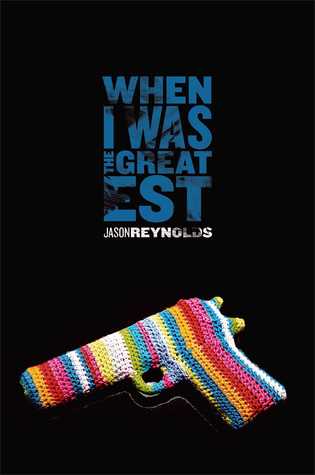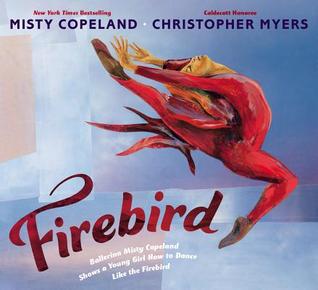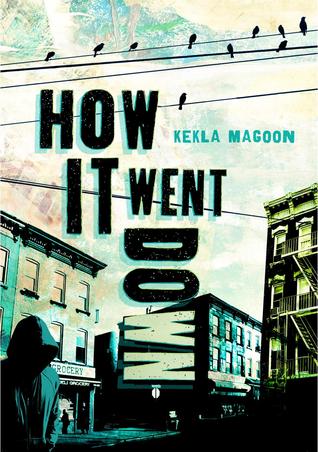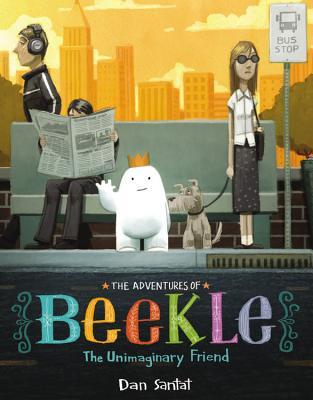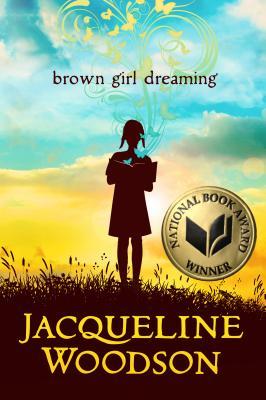Even if you received a good grade on your essay, there is always room for improvement, so I ask that everyone find a way to revise your essay.
Here are the steps you need to take to revise your essay:
1. Unsubmit your essay.
2. Review your grading sheet and comments
3. Make appropriate revisions
4. Resubmit your essay.
Most of you lost points in the referencing the Caldecott criteria. Remember: it's not enough to have an opinion; you have to back it up with relevant evidence. Most of you turned in a nice piece of writing, but when it came to actually following the directions of the assignment, you missed out.
Here are a few sentence starters that you can use to reference the criteria in your paper:
- According to...
- As it states in...
- It is written in...
- The Caldecott criteria states...
- The Caldecott committee is looking for...
And finally, as a reminder, here are the criteria again. Remember that the main criteria you will be using to judge your picture book worthy of winning are letters a through e.
*~*~*~*~*~*~*~*
The Randolph Caldecott Award seeks to find "The most distinguished American picture book for children."
But just what does distinguished mean?
Distinguished: (adjective) made noticeable by excellence; having an air of distinction or dignity
In making your decision you must keep this in mind: the Caldecott is awarded for illustration, not for text. You may only consider text only if it detracts from the illustration.
Here is the Caldecott critera from the ALSC website (I re-worded some of this to help you better understand the criteria):
-
In identifying a “distinguished American picture book for children,” defined as illustration, committee members need to consider :
-
Excellence of execution in the artistic technique used
-
Excellence of interpretation of story, theme, or concept through pictures
-
Appropriateness of style of illustration to the story, theme or concept;
-
Understanding of plot, theme, characters, setting, mood or information through the pictures;
-
Excellence of presentation in recognition of a child audience.
-
-
The only limitation to graphic form is that the form must be one which may be used in a picture book. The book cannot be dependent on other media (i.e., sound, film or computer program) for its enjoyment.
-
Each book is to be considered as a picture book. The committee is to make its decision primarily on the illustration, but other components of a book are to be considered especially when they make a book less effective as a children’s picture book. Such other components might include the written text, the overall design of the book, etc.





